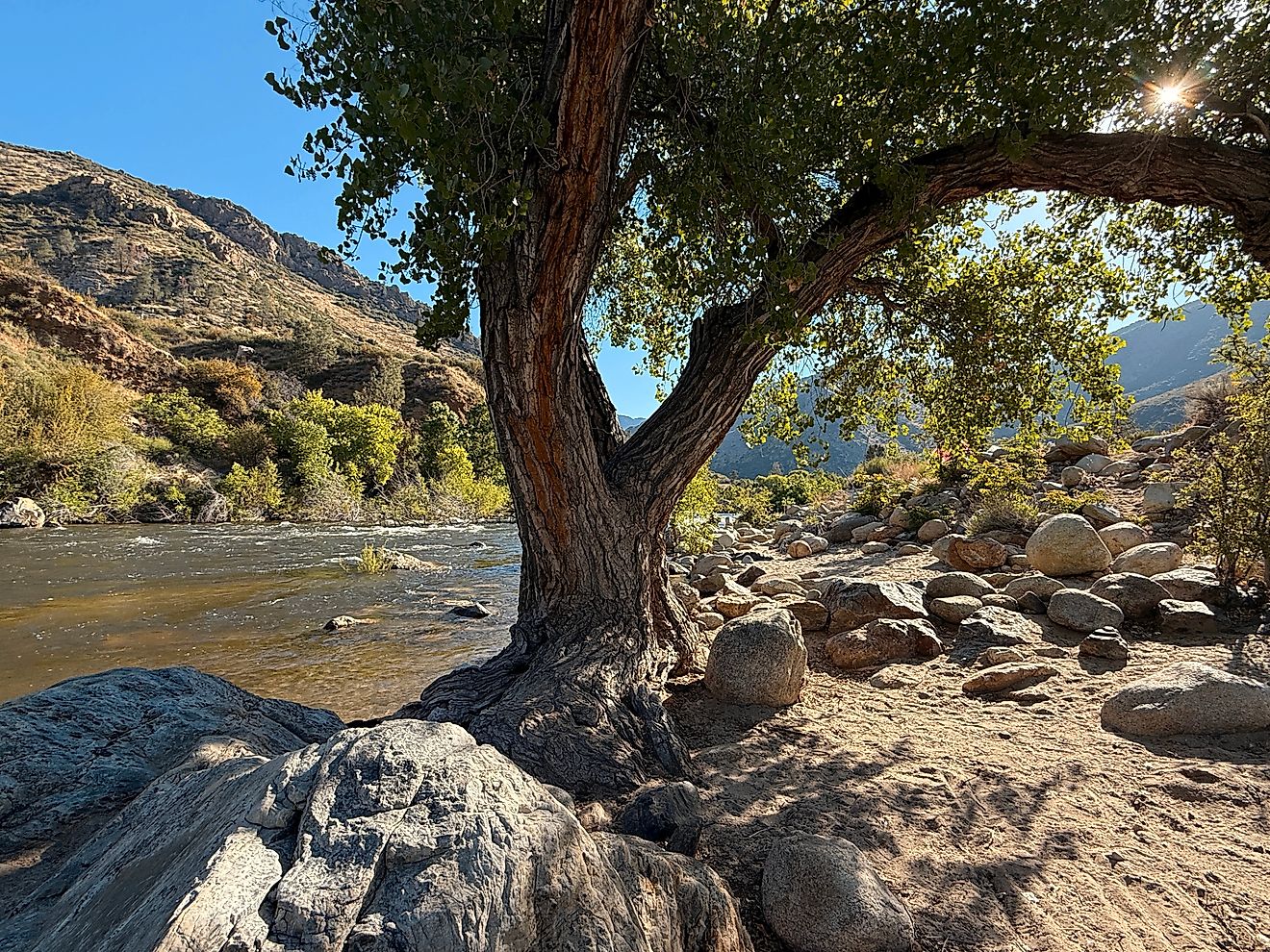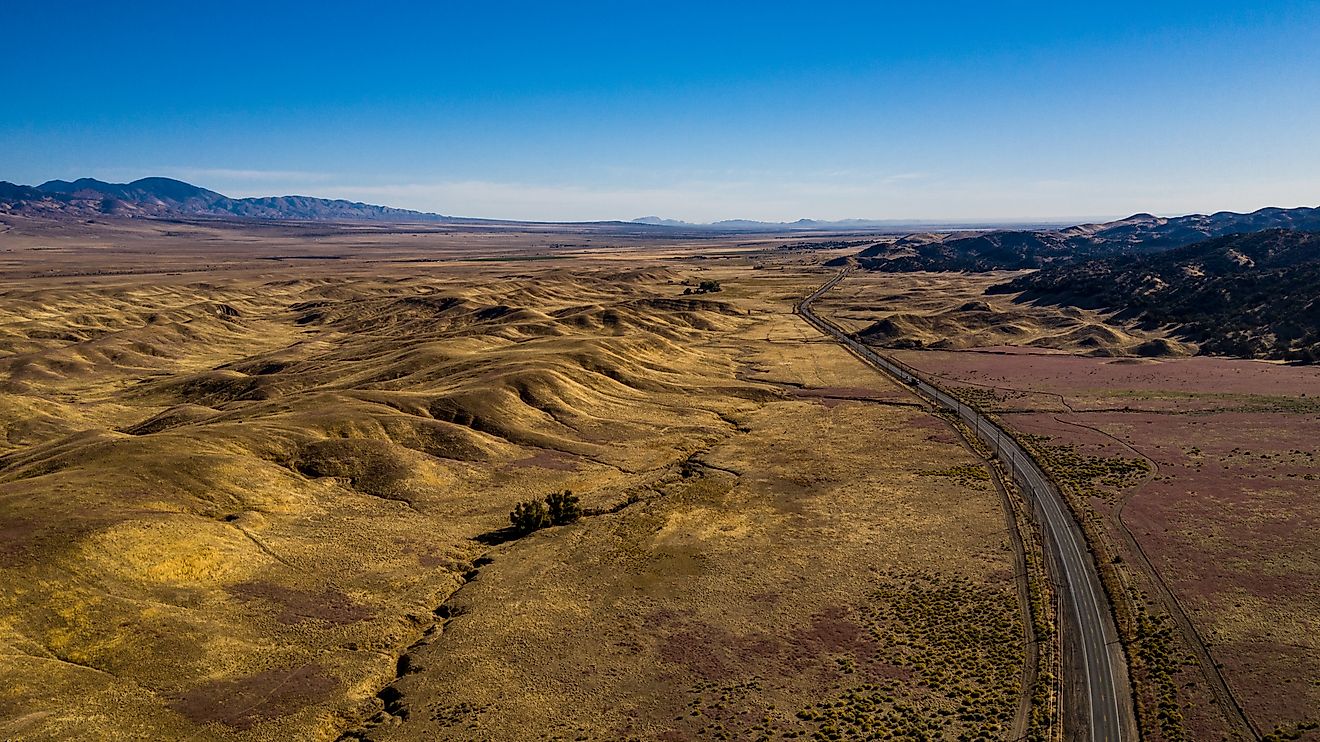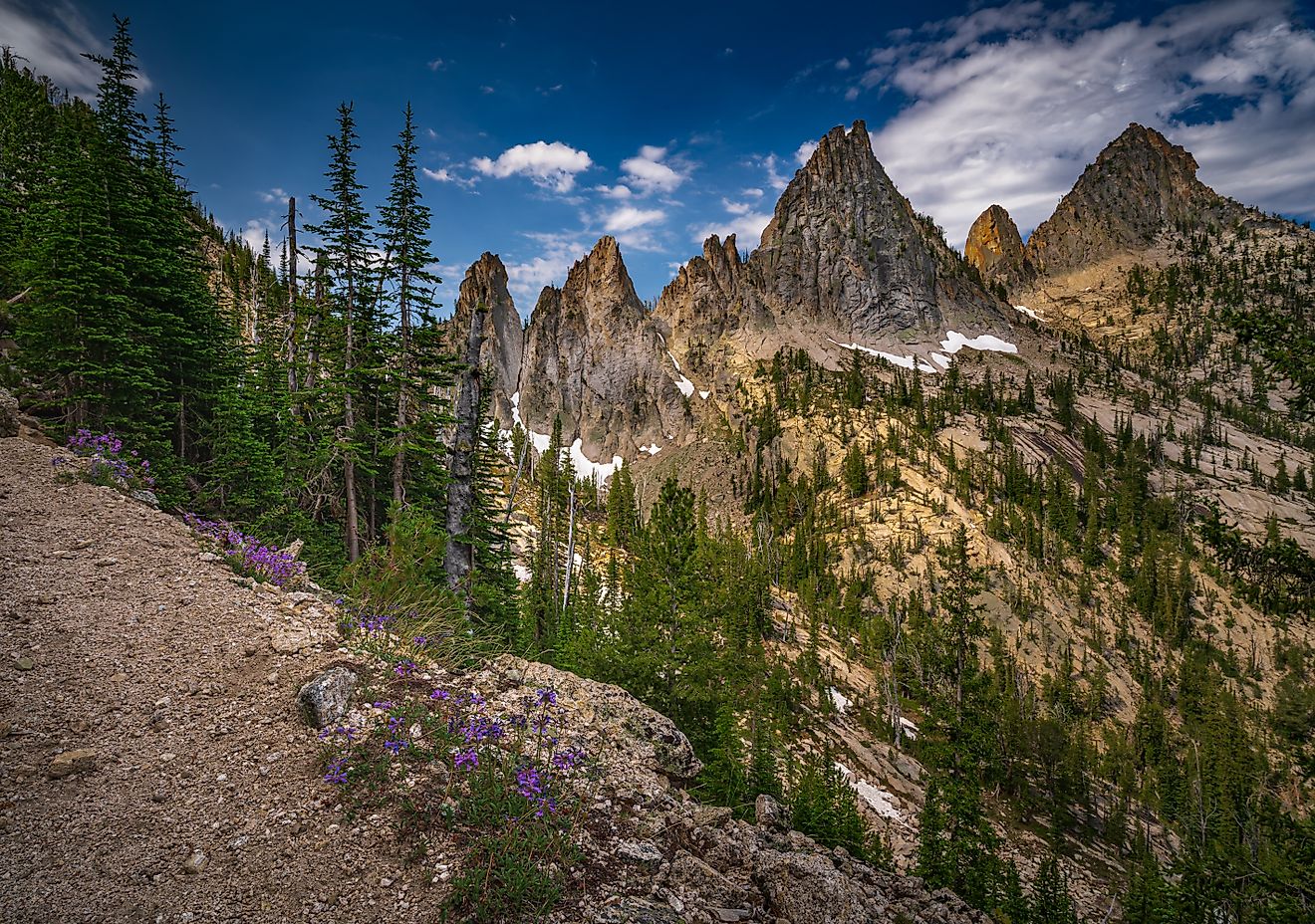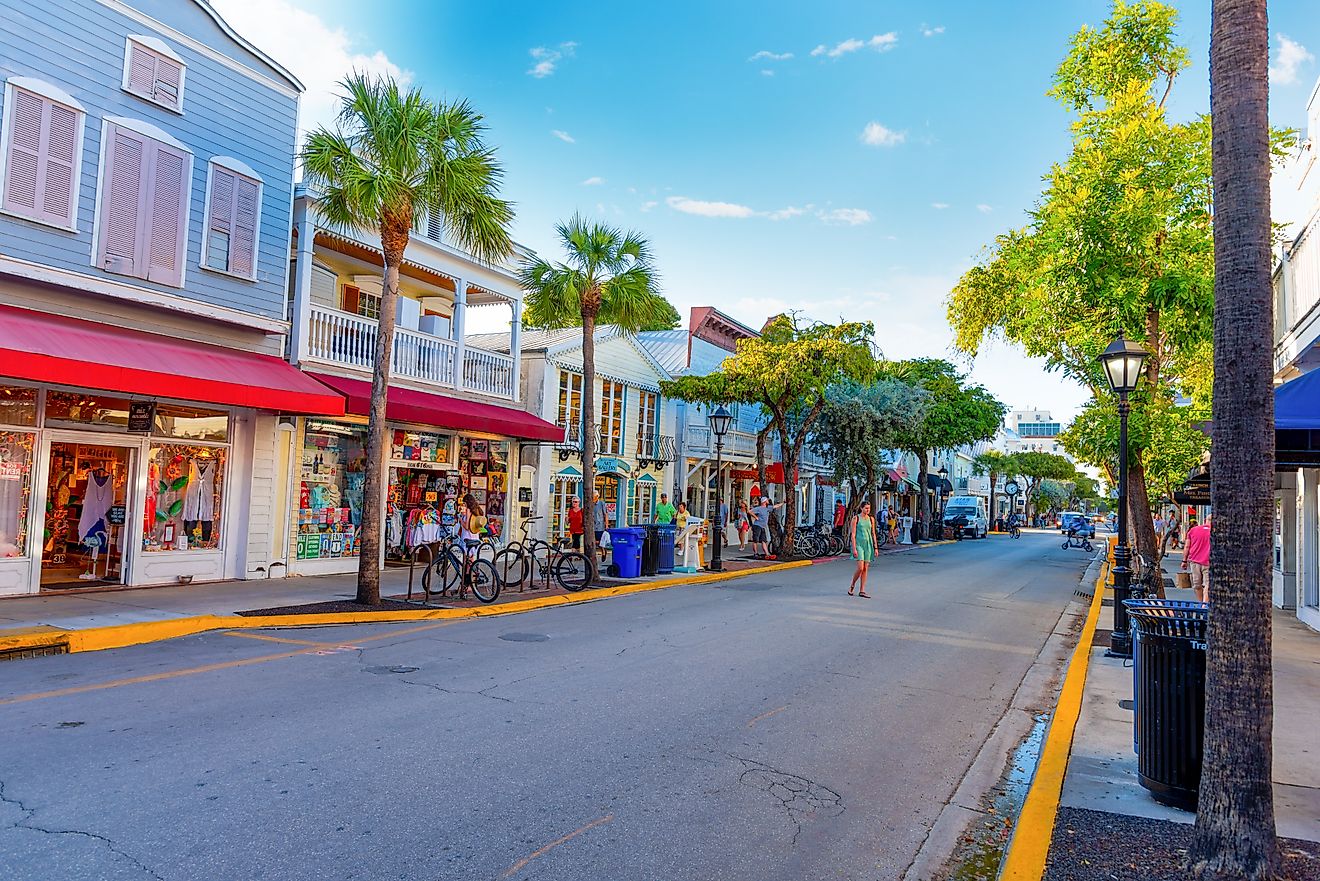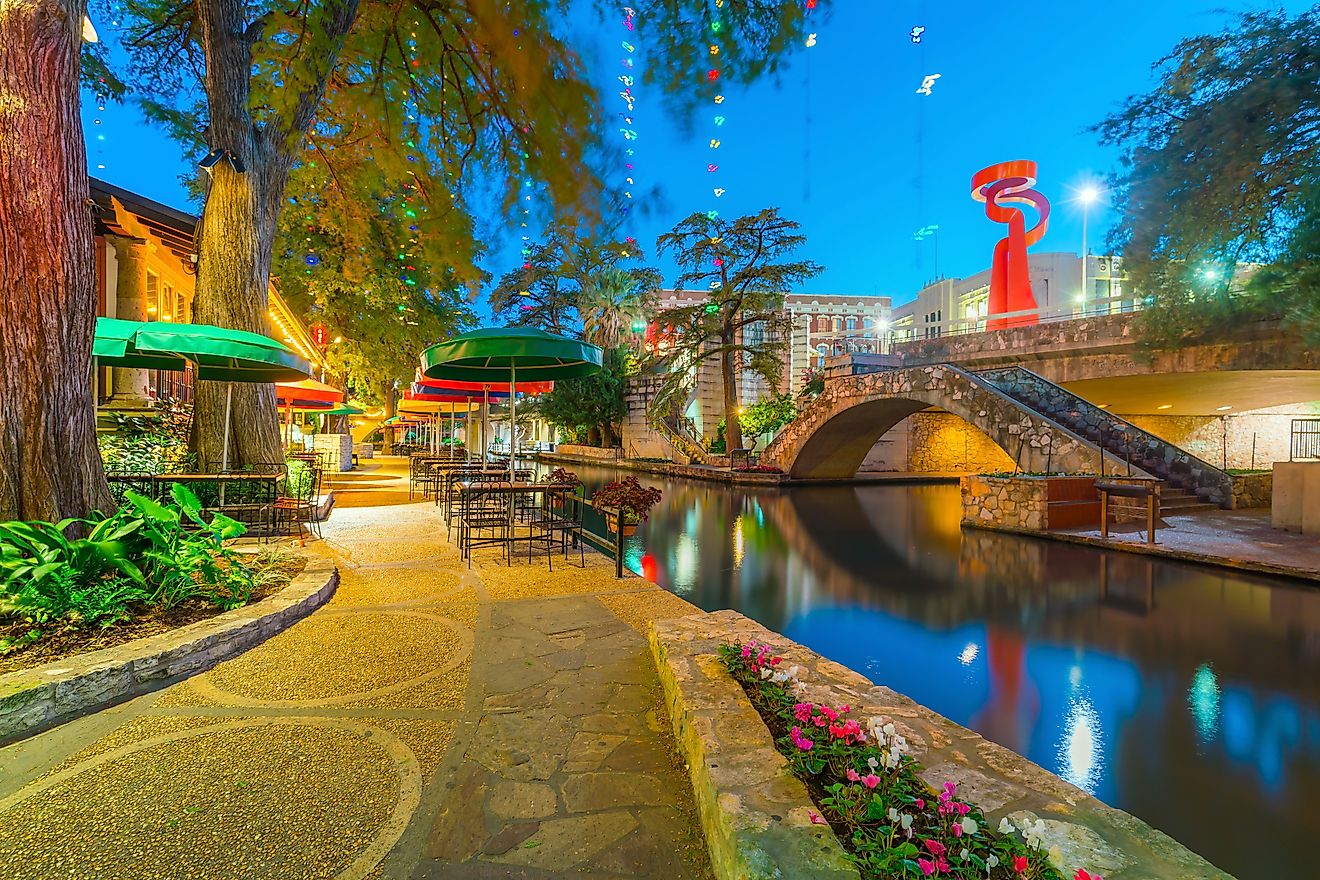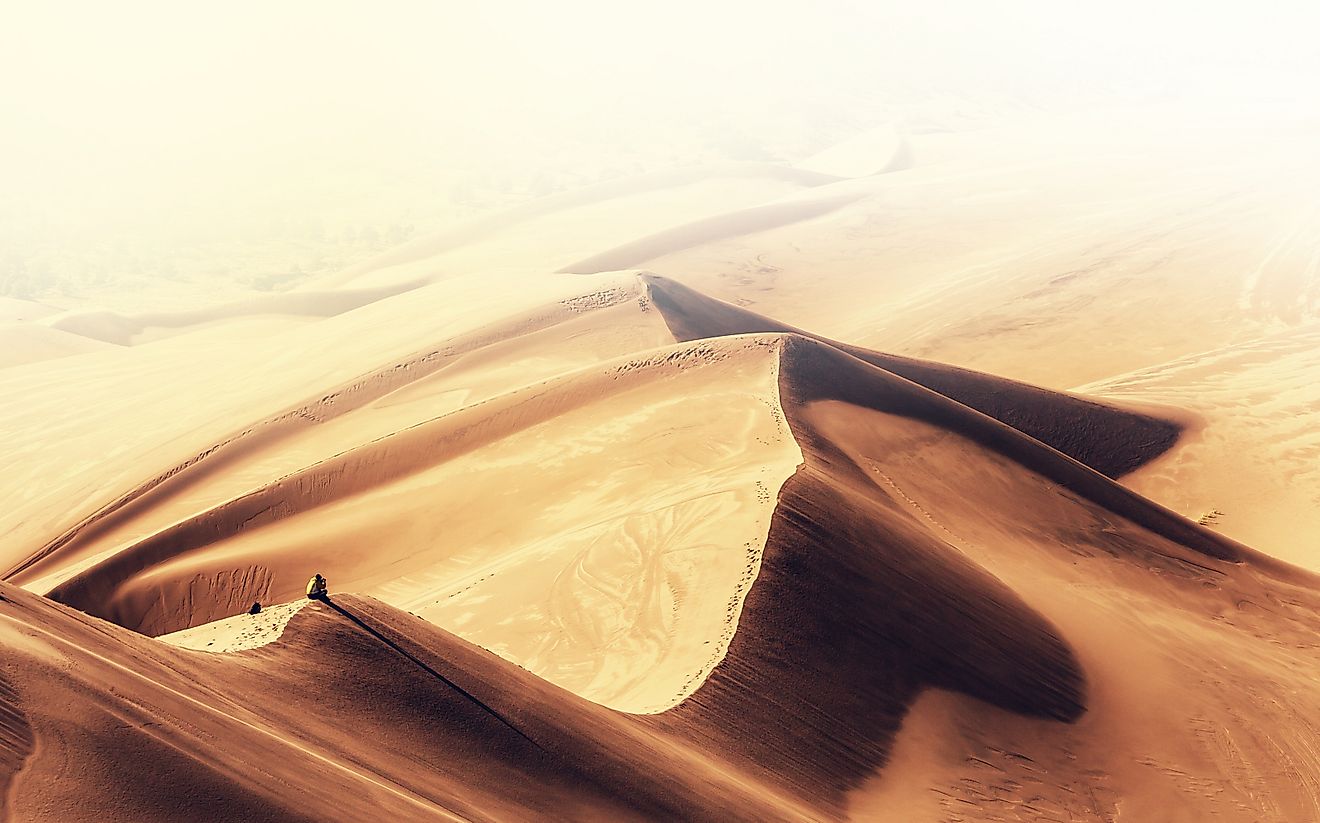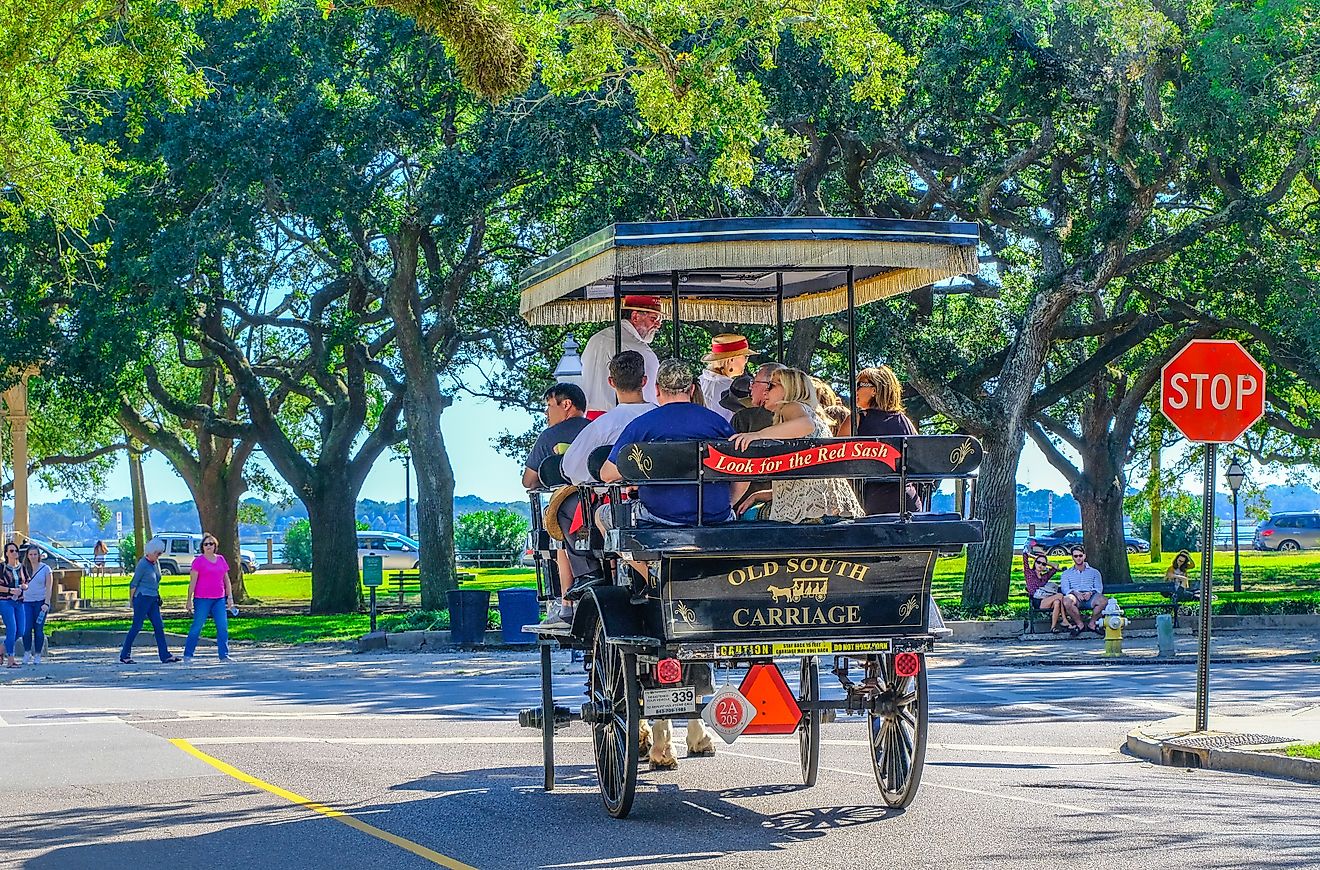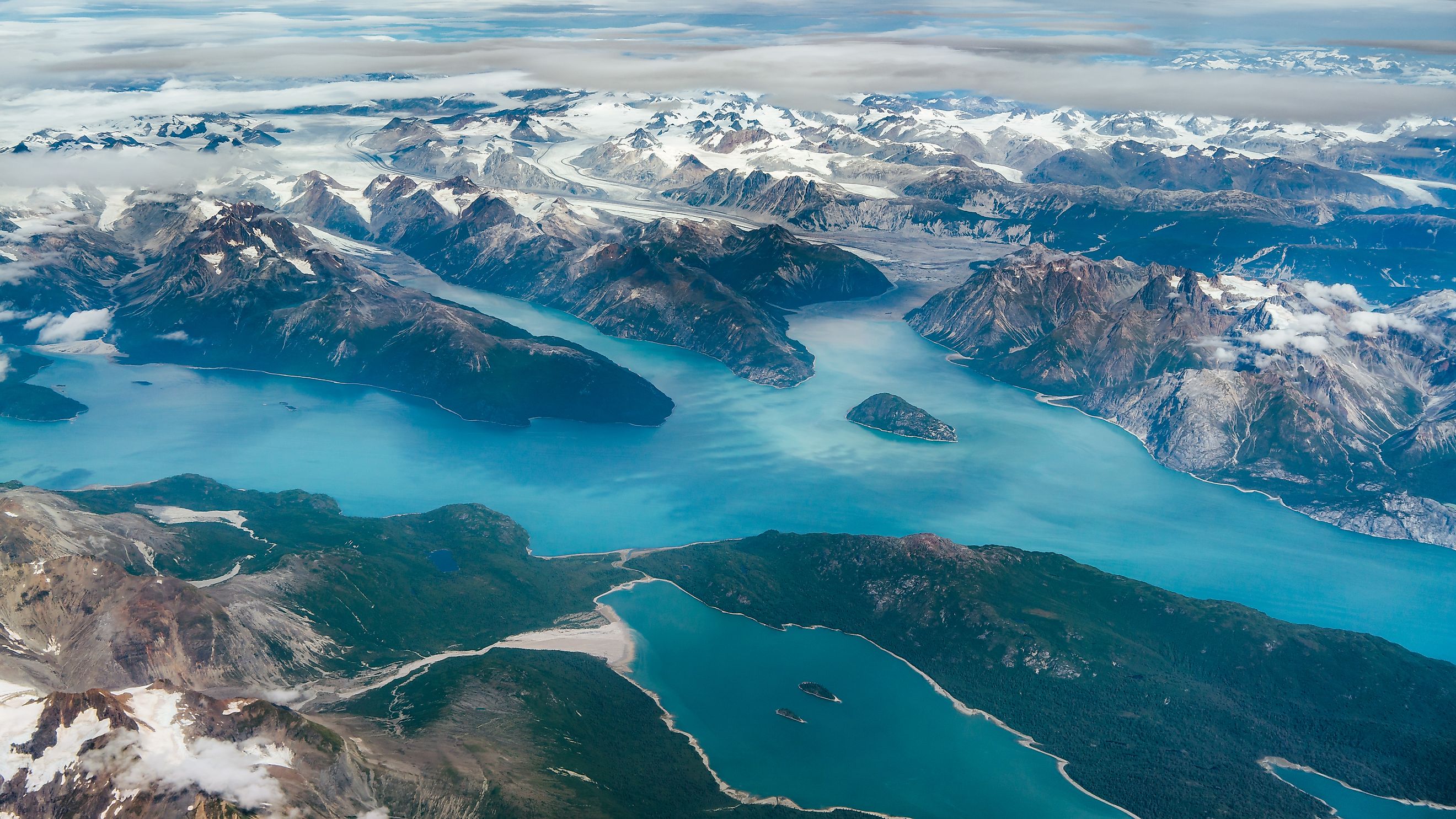
Which US States Have the Most Lakes?
If you think of the United States as a land of cities and highways, think again — it’s also a country of lakes, from massive inland seas to remote hidden ponds. Across the country, lakes shape not just landscapes but also the daily lives, economies, and cultures of millions of people. Some states are absolutely overflowing with these freshwater gems, offering endless opportunities for adventure and exploration.
So, which US states have the most lakes? Here's a look at the top five — and why lakes are such a defining force in these places.
Alaska: The Untamed Leader
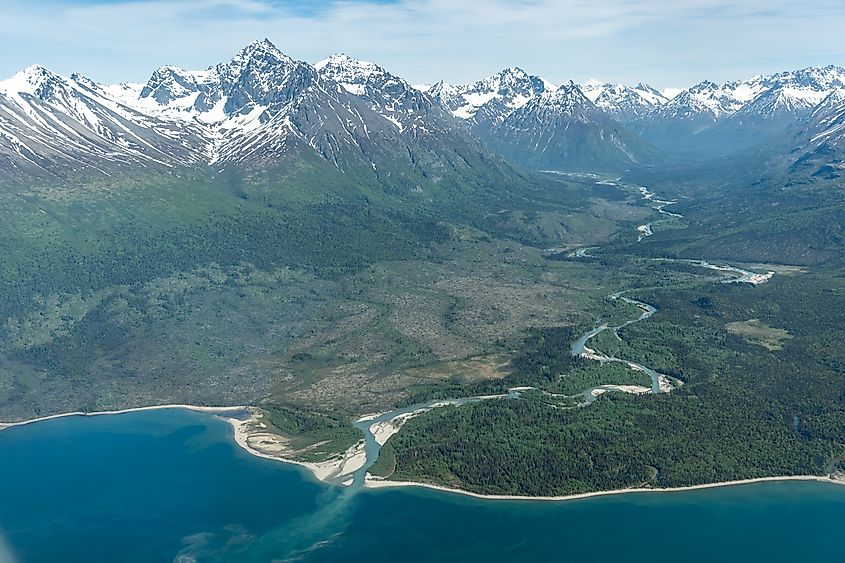
When it comes to lakes, Alaska isn’t just ahead — it’s in a league of its own. The state is home to an astonishing over 3 million lakes larger than 5 acres. Many are hidden within vast, untouched wilderness, accessible only by floatplane, boat, or long, rugged treks across the backcountry.
Alaska’s lakes come in incredible variety, from massive bodies like Lake Iliamna, which stretches over 1,000 square miles, to countless tiny glacial meltwater pools. Some lakes are ringed by snowcapped peaks, while others sit on tundra plains rich with wildlife. Lakes here are critical for transportation, especially in remote villages, and serve as lifelines for indigenous communities who rely on fishing and freshwater access.
Alaska's lakes also fuel outdoor adventures — floatplane trips to fish for salmon, remote cabin stays, and endless paddling routes. They reflect the untouched beauty and harsh realities of life on the last frontier, where nature still calls the shots.
Kansas: A Surprising Contender
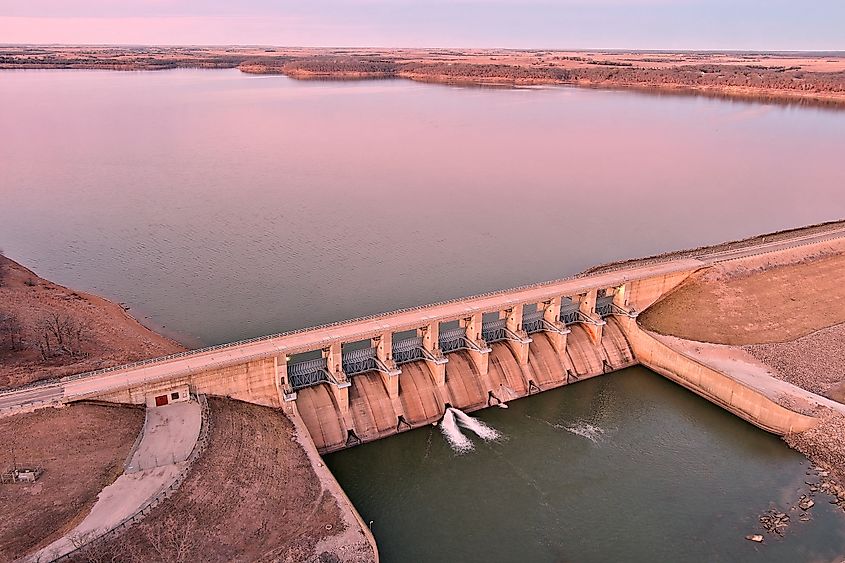
Kansas, often stereotyped as endless flat farmland, surprises many with an estimated over 120,000 lakes. While many of these are smaller, man-made bodies of water — farm ponds, flood control reservoirs, and recreational lakes — they are critical to life across the state.
Historically, Kansas was prone to devastating floods and droughts. To manage water better, thousands of lakes and reservoirs were constructed, transforming the landscape. Lakes like Milford Lake, the state's largest, provide vital water resources for agriculture, city drinking water supplies, and recreation.
Popular spots like Clinton Lake offer camping, boating, and fishing just a stone’s throw from urban hubs like Lawrence. Many lakes also serve as thriving wildlife refuges, attracting migratory birds, deer, and other species that depend on Kansas’s watery oases.
In a state where water is precious, the sheer number of lakes is more than just scenic — it’s survival.
Wisconsin: A Midwest Freshwater Haven
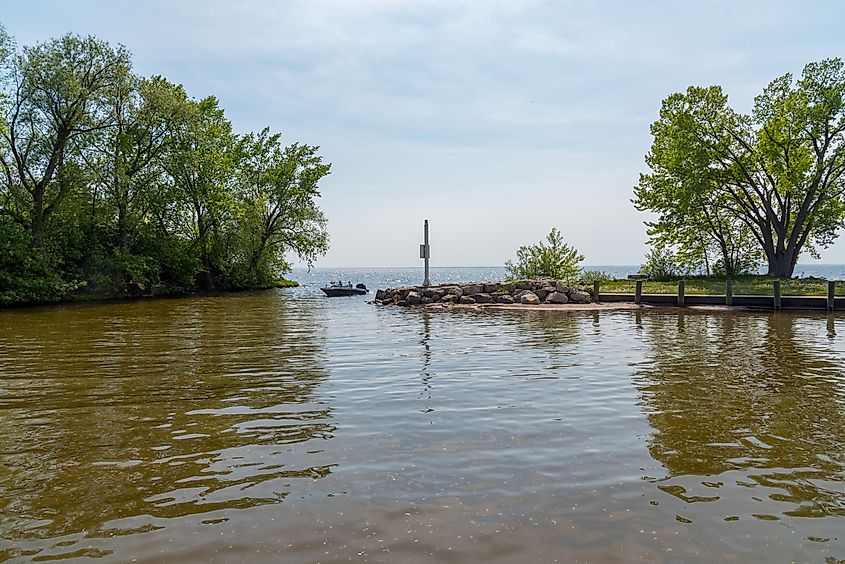
Wisconsin’s landscape is absolutely saturated with freshwater, boasting approximately 15,000 lakes. From the massive Lake Winnebago — one of the largest freshwater lakes entirely within a single US state — to thousands of tiny glacial pools, Wisconsin’s lakes are integral to its identity.
Glacial activity carved much of Wisconsin’s terrain, leaving behind countless kettle lakes, many of which today host bustling communities and resorts. Northern Wisconsin, particularly the Northwoods region, is a magnet for fishing, boating, and peaceful summer cabin retreats. Waukesha County alone is nicknamed "Lake Country," with over 140 lakes.
Lakes are the lifeblood of Wisconsin’s famous outdoor culture, hosting year-round activities: boating and swimming in summer, ice fishing and snowmobiling in winter. They also support robust industries — from tourism to cranberry farming, which relies heavily on water resources.
Wisconsin’s lakes offer something for everyone: big city waterfronts in Madison, remote fishing holes up north, and legendary lakefront gatherings throughout the state.
Minnesota: The "Land of 10,000 Lakes" — and Then Some
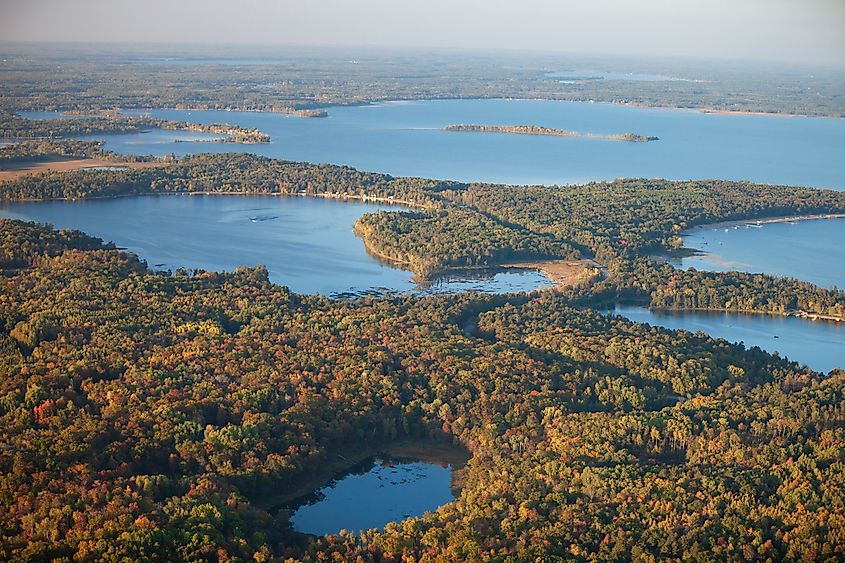
Minnesota proudly calls itself the "Land of 10,000 Lakes," but the reality is even more impressive: it boasts around 14,380 lakes larger than 10 acres. This abundance is thanks to glaciers that, thousands of years ago, scraped and gouged the landscape, creating basins that filled with freshwater.
Today, Minnesota’s lakes are central to the state’s way of life. Cities like Minneapolis are built around major lakes, with Chain of Lakes parks offering urban escapes. Further north, the legendary Boundary Waters Canoe Area Wilderness harbors over 1,000 lakes connected by portages — one of America's premier destinations for remote canoeing and camping.
Lake culture in Minnesota runs deep. Ice fishing, pontoon parties, cabin weekends — lakes define the state’s leisure and recreation. Economically, Minnesota’s lakes contribute billions in tourism revenue, attract anglers from across the globe, and provide critical habitat for wildlife.
Lakes even influence local accents and traditions: "going up north" to the cabin is a rite of passage for many Minnesotans, creating a generational bond with these shimmering landscapes.
Michigan: A Great Lakes Powerhouse — and So Much More
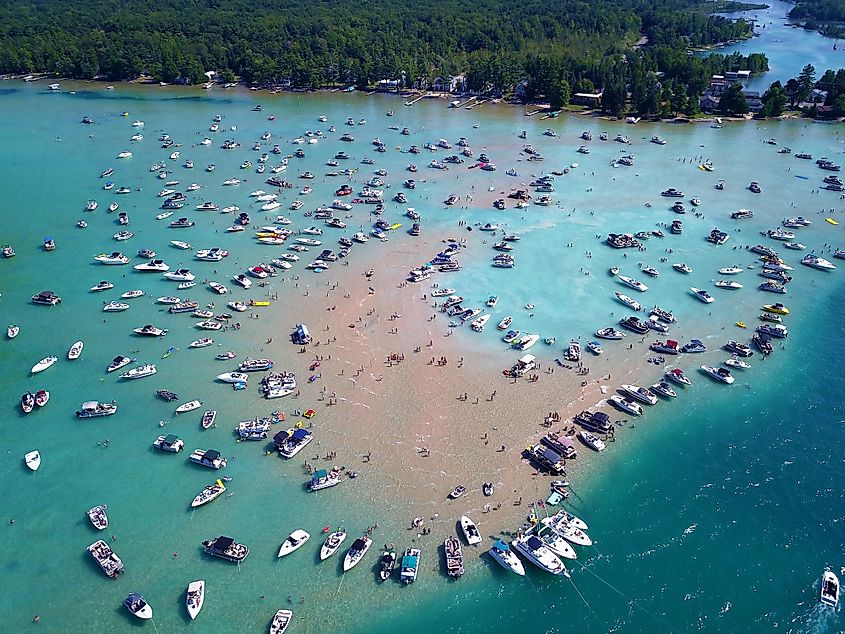
Michigan is nearly synonymous with freshwater. While its famous Great Lakes shoreline is iconic, the state also boasts over 11,000 inland lakes of at least five acres in size, creating a paradise for water lovers.
Michigan’s inland lakes vary from sprawling Houghton Lake, one of the largest inland lakes in the US, to hidden gems like Torch Lake, known for its Caribbean-blue waters. These lakes offer a diverse array of experiences — from party hubs like Torch Lake’s famous sandbar to serene paddling on wilderness lakes in the Upper Peninsula.
Water shapes life in Michigan. Annual events like the Venetian Festival on Lake Charlevoix, weekend fishing tournaments, and summer-long lakefront getaways are staples of life here. The lakes also power local economies through tourism, real estate, and outdoor recreation industries.
Michigan's lakes are more than just postcard pretty — they create tight-knit waterfront communities, support year-round recreation, and embody the spirit of "Pure Michigan."
Major Lakes in Each State
| State | Major Lakes |
|---|---|
| Alaska | Lake Iliamna, Becharof Lake, Selawik Lake |
| Kansas | Milford Lake, Clinton Lake, Cheney Reservoir |
| Wisconsin | Lake Winnebago, Lake Mendota, Lake Geneva |
| Minnesota | Lake Superior (shared), Mille Lacs Lake, Lake Minnetonka |
| Michigan | Torch Lake, Houghton Lake, Higgins Lake |
FAQs About Lakes in the US
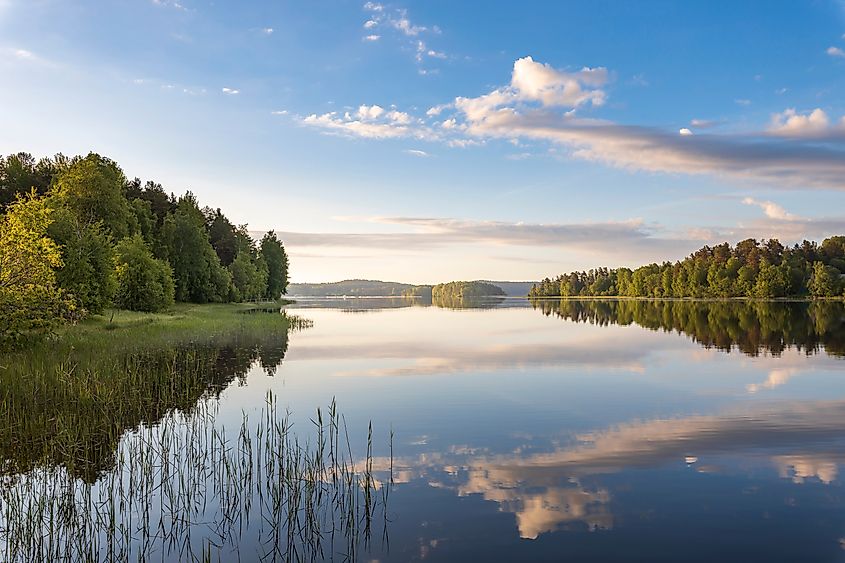
Which state has the most lakes overall?
Alaska, by a massive margin, with over 3 million lakes larger than 5 acres.
Which of the lower 48 states has the most lakes?
Kansas, with over 120,000 lakes.
What’s the largest freshwater lake contained entirely within one US state?
Lake Okeechobee in Florida.
Are most lakes in Kansas natural?
No, most are man-made reservoirs built for water storage and flood control.
Why do lakes matter so much to a state’s economy and culture?
Lakes drive tourism, offer critical water supplies, support wildlife habitats, and shape local traditions and outdoor lifestyles — especially where outdoor recreation and community identity are closely tied to lakefront life.
Shaping Landscapes, Cultures, and Adventures
In many ways, lakes are the unsung heroes of America's landscape. They’re not just beautiful — they power economies, sustain wildlife, support recreation, and forge deep cultural identities. Whether you’re kayaking across a glacial lake in Alaska, boating across Milford Lake in Kansas, or enjoying a sunset over Torch Lake in Michigan, America’s lakes offer a timeless connection to nature’s quieter, wilder side.
Next time you're planning a trip, think about a state rich in lakes — there's a whole world of beauty, adventure, and culture waiting beyond the shoreline.
